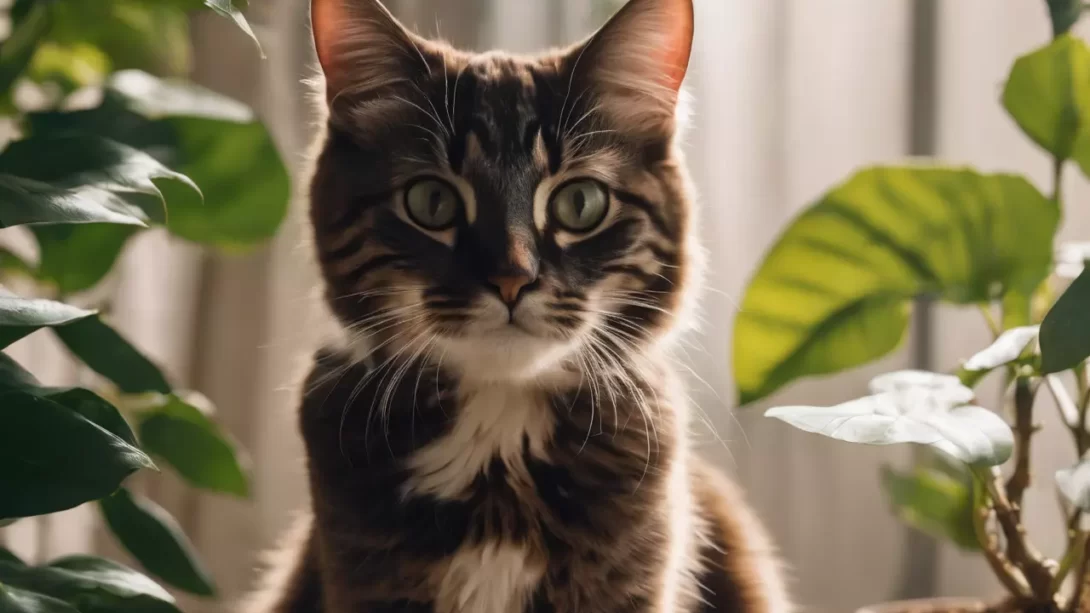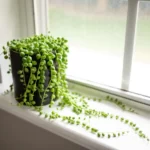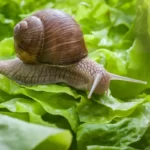Ficus plants, with their lush foliage and elegant appearance, are a favorite choice for indoor gardeners. However, for cat owners, the safety of these plants is a vital consideration. It’s important to understand how ficus plants can affect cats, ensuring a safe and harmonious living environment for your furry companions.
What is Ficus?
The Ficus genus encompasses a variety of species, including the popular Ficus benjamina, commonly known as the weeping fig. These plants are cherished for their attractive foliage and ability to thrive indoors with minimal care. Their versatility in size and style makes them suitable for different indoor settings, from small apartments to large office spaces. Despite their appeal, the potential risks they pose to cats cannot be overlooked.
Toxicity of Ficus to Cats
Ficus plants contain a sap that can be toxic to cats. This sap, when ingested or even upon contact with the skin, can cause irritation. In cats, the ingestion of ficus leaves or stems, even in small quantities, can lead to a range of symptoms. The sap’s irritating nature is due to certain chemical compounds that can trigger a toxic reaction in pets. Cat owners should be particularly cautious, as cats’ curiosity and natural behavior of chewing on plants can put them at risk.
Symptoms of Ficus Poisoning in Cats
If a cat ingests part of a Ficus plant, several symptoms may occur. These can range from mild to severe, depending on the amount ingested and the sensitivity of the cat. Common signs of Ficus toxicity in cats include:
- Irritation of the mouth and gums, leading to drooling or difficulty swallowing.
- Vomiting or diarrhea, which may contain pieces of the plant.
- Pawing at the face or mouth due to irritation.
- In severe cases, difficulty breathing if the throat swells from irritation.
Immediate veterinary attention is crucial if you suspect your cat has ingested Ficus, as timely treatment can prevent more severe health complications.
Preventing Ficus Poisoning in Cats
Preventing exposure is key to protecting your cat from the dangers of Ficus plants. Consider these tips:
- Place Ficus plants in areas that are completely inaccessible to your cat.
- Use plant hangers or shelves to keep plants out of reach.
- Educate all family members, especially children, about the potential dangers to pets.
- Regularly check for fallen leaves or branches, which can be a hidden risk if ingested by your cat.
First Aid and Treatment for Ficus Ingestion
If you suspect your cat has ingested Ficus, immediate action can help minimize the risk of severe poisoning:
- Remove any plant material from your cat’s mouth, if safely possible.
- Rinse their mouth gently with water to remove any sap residue.
- Avoid inducing vomiting unless instructed by a veterinarian.
- Contact your veterinarian immediately, providing details of the incident for specific advice.
Safe Houseplant Choices for Cat Owners
For cat owners who still wish to enjoy indoor greenery, there are numerous safe and attractive houseplant alternatives to Ficus. Plants like spider plant, Boston fern, and African violet are non-toxic to cats and can add similar aesthetic appeal to your home. These plants not only ensure the safety of your pets but also bring the benefits of indoor plants, such as air purification and enhanced well-being.
Tips for Creating a Cat-Friendly Indoor Garden
When selecting houseplants, always prioritize your cat’s safety:
- Research the toxicity of each plant before bringing it into your home.
- Opt for cat-friendly plants that provide sensory enrichment for your pet, like catnip or cat grass.
- Monitor your cat’s behavior around new plants, as individual reactions can vary.
Conclusion
Ficus plants, while beautiful, pose a risk to cats due to their toxic sap. Understanding the symptoms of Ficus poisoning and taking preventive measures are essential for cat owners. By choosing cat-safe plants and creating a pet-friendly environment, you can enjoy the benefits of indoor plants without compromising the health and safety of your feline friends. Remember, the well-being of your pets should always be a top consideration in your plant choices, ensuring a harmonious coexistence for all.



